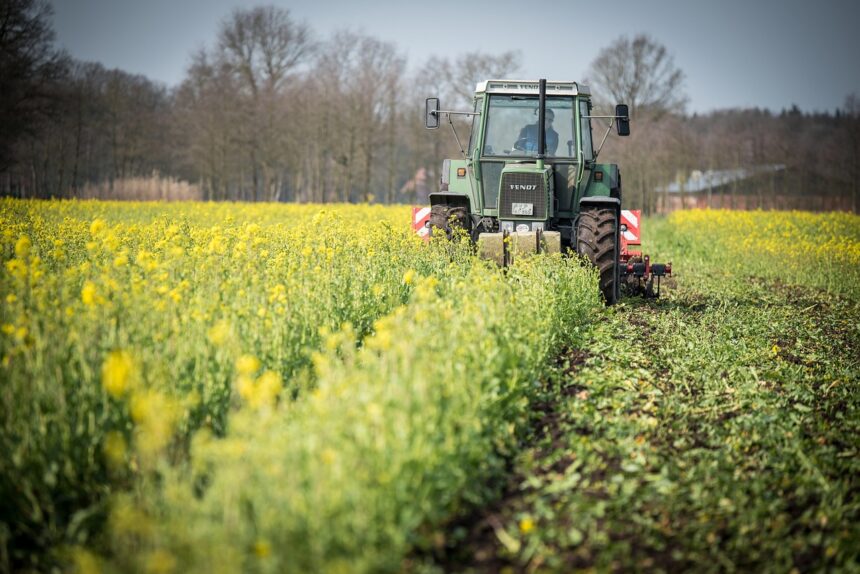Key Metrics:
- Lok Sabha Seats: 13
- Rajya Sabha Seats: 7
- Population: Approximately 30 million (2025 estimate)
- GDP Contribution: ₹5.18 lakh crore (FY 2023-24)
- Urbanization Rate: 37.5%
- Major Economic Sectors: Agriculture, manufacturing, textiles, and IT services
Chandigarh, 2025 — Punjab, historically celebrated as the “Granary of India,” continues to be a pivotal agricultural center, deeply influencing not only the economy but also the political landscape of the region and the country. The state’s agricultural policies, farmer movements, and economic challenges play a significant role in shaping its political discourse. This article explores the current agricultural scenario in Punjab and its wide-reaching implications on political dynamics.
Agricultural Dominance and Economic Challenges
- Agricultural Significance
- Crop Production: Punjab leads in the production of wheat and paddy, contributing significantly to India’s central food grain pool. The state’s agricultural practices and policies are often benchmarks for the rest of the country.
- Green Revolution Legacy: The state was the heartland of India’s Green Revolution in the 1960s, which brought about significant agricultural productivity but also led to long-term sustainability challenges.
- Economic Pressures
- Water Scarcity: Intensive agriculture has led to severe water table declines, posing risks to future crop yields and sparking debates over water management policies.
- Farmer Debt: High input costs and reliance on cash crops have increased farmer indebtedness, fueling distress and protests that frequently transition into political movements.
Political Landscape Shaped by Agriculture
- Farmer Movements
- Protests and Policies: Recent years have seen significant farmer protests in Punjab that have influenced national agricultural policies, including the repeal of the controversial farm laws in 2021.
- Electoral Impact: Farmer unions and agricultural issues have a strong influence on electoral politics in Punjab, often dictating the agendas of major political parties.
- Policy and Governance
- Subsidies and Support: The state government provides extensive subsidies for electricity and water to farmers, which while popular, have fiscal implications that complicate broader economic reforms.
- Agricultural Diversification: There is a growing political and economic discourse on the need for crop diversification to reduce dependence on paddy and wheat and to mitigate environmental impacts.
Challenges in the Path of Progress
- Socio-economic Issues
- Youth Unemployment: Despite its agricultural wealth, Punjab faces high rates of youth unemployment and brain drain, with many seeking opportunities abroad.
- Drug Abuse: Social issues such as drug abuse among the youth are pressing concerns that require comprehensive policy responses, often influenced by political will.
- Political Dynamics
- Regional and National Politics: The state’s politics are heavily influenced by its agricultural status, with regional parties like the Shiromani Akali Dal and national parties like the BJP and Congress vying to address or capitalize on farmer issues.
- Centre-State Relations: Agricultural policies also shape Punjab’s relations with the central government, especially on matters like water sharing with neighboring states and agricultural marketing reforms.
Future Outlook and Political Implications
- Innovative Agricultural Practices
- Technology in Agriculture: Embracing agricultural technology and sustainable practices can help address productivity and sustainability challenges, potentially reshaping political alliances and voter priorities.
- Organic and Niche Farming: Promoting organic farming and niche markets like horticulture and dairy can diversify income sources for farmers and reduce economic pressures.
- Broader Political Reforms
- Decentralization of Power: Empowering local bodies to make decisions about agricultural practices and subsidies could lead to more tailored and effective governance.
- Enhanced Social Programs: Strengthening social programs to address unemployment, education, and health could mitigate the impact of agricultural distress on the state’s youth.
Conclusion: A Crucial Juncture for Punjab and India
As Punjab navigates its complex interplay between agriculture and politics, the decisions made here will likely resonate beyond its borders, influencing national agricultural policies and political strategies. The state stands at a crucial juncture, with the potential to lead transformative changes that could serve as a model for other regions grappling with similar challenges.


Leave a Reply